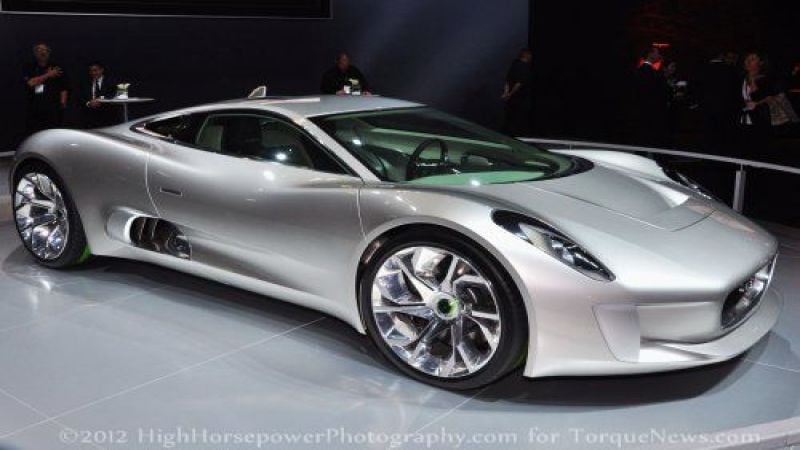"We feel we could make the car work, but looking at the global austerity measures in place now, it seems the wrong time to launch an 800,000-pound to 1 million-pound supercar,” said Jaguar Global Brand Director Adrian Hallmark.
For those who cannot wrap their head around “global austerity measures” pertaining to the cancellation of the Jaguar C-X75, Mr Hallmark is essentially stating that with so many people in Europe pinching their pennies at the continent struggles through a painful recession, there is not a good business plan for a car that is slated to cost somewhere between 1.2 and 1.6 million US Dollars. Granted, the odds are good that most of the people in Europe who would purchase a car of that price probably still have the financial resources to buy the C-X75 but some people have questioned an automaker’s train of thought in offering seen figure supercars during tough economic times – suggesting that Jaguar’s decision not to build the C-X75 is more of a moral decision than a financial one.
Jaguar announced in May 2011 that they would be teaming up with the help of the Williams F1 race team with somewhere in the area of 200 to 250 units of the C-X75. Unlike the original concept car that was powered by a pair of mid-mounted turbine engines, the production Jaguar C-X75 was to be powered by a turbocharged and supercharged 1.6L 4-cylinder engine that was expected to make around 500 horsepower with help from a pair of electric drive motors. Jaguar expected this lightweight supercar to rocket from 0-60 in the high two second range while also hitting a top speed better than 200 miles per hour – while also being able to travel at speeds up to 40mph on pure electric power. Overall, this drivetrain would afford the C-X75 incredible performance coupled with impressive fuel economy (as supercars go).
The good news for the incredibly wealthy British supercar fan is that the company is rumored to have completed five fully functional prototypes of the Jaguar C-X75 hybrid supercar and those rumors go on to suggest that at least three of those cars will be sold at auction. It is unclear whether or not these few production models will be legal for street use (since they will likely not be subject to crash tests, emission standards, etc) but I would expect that they will fetch a pretty penny – instantly becoming legendary collectable vehicles at the same time.
The other bit of good news that comes with the cancellation of the current Jaguar C-X75 program is that the company expects that roughly 60% of the lightweight design and hybrid drivetrain components from this supercar program will work their way into future production models. The hybrid supercar segment is rapidly growing so we should expect to see something from Jaguar sporting this impressive, high performance hybrid drivetrain in the near future but in the meantime – those who were saving up their pennies to buy the C-X75 will have to hope that they have the means to buy one of these British supercars when it arrives at auction.











